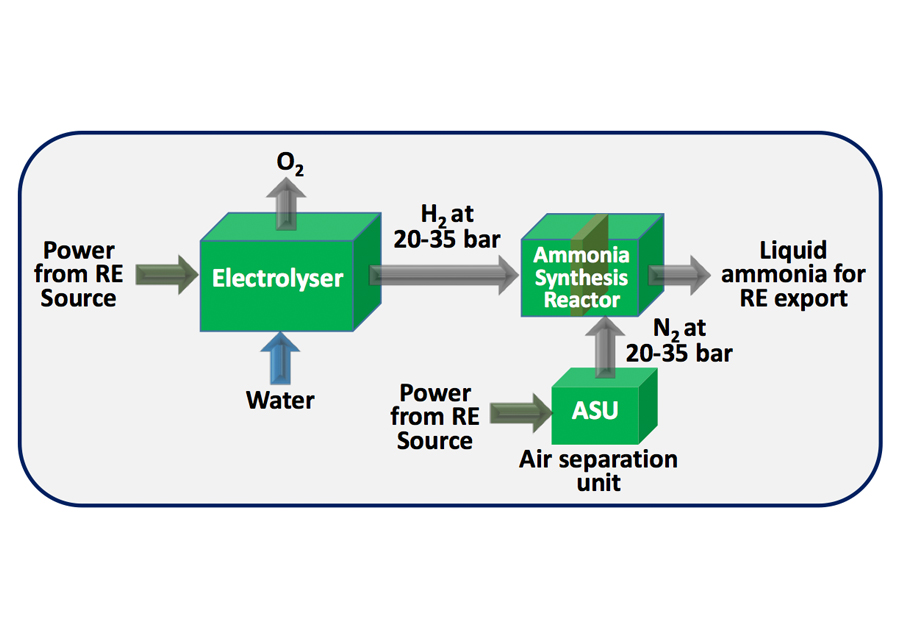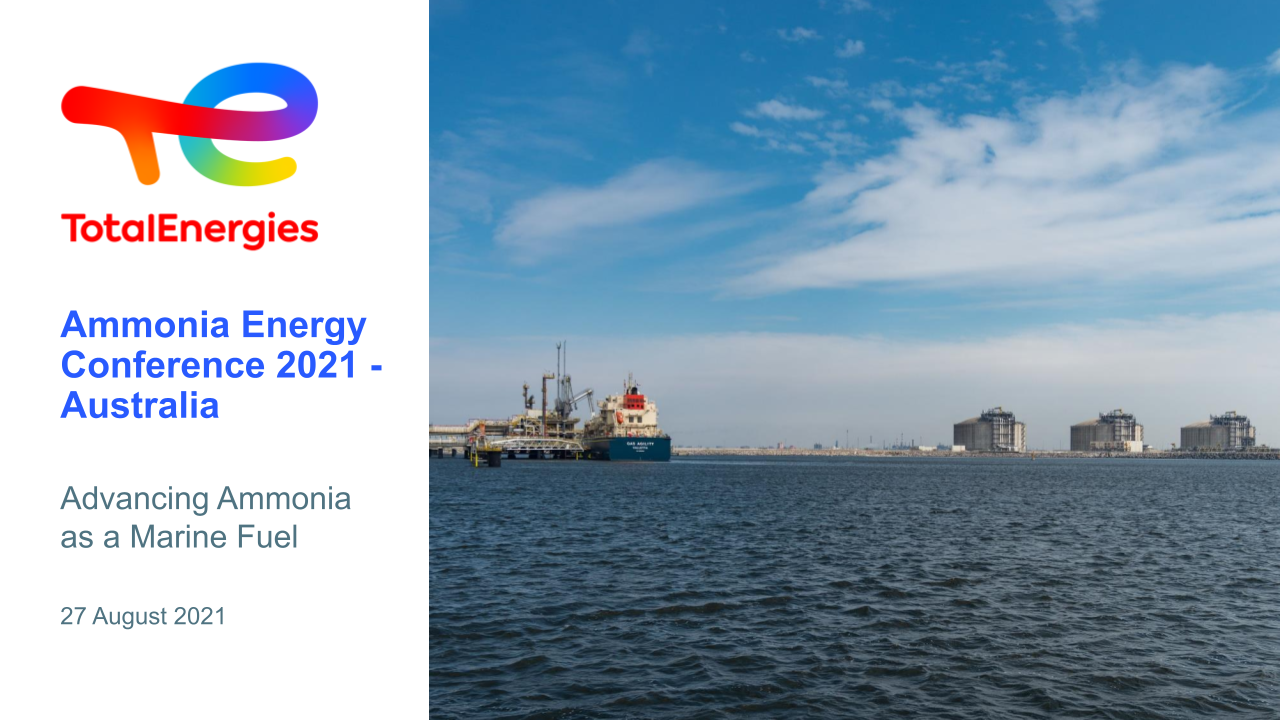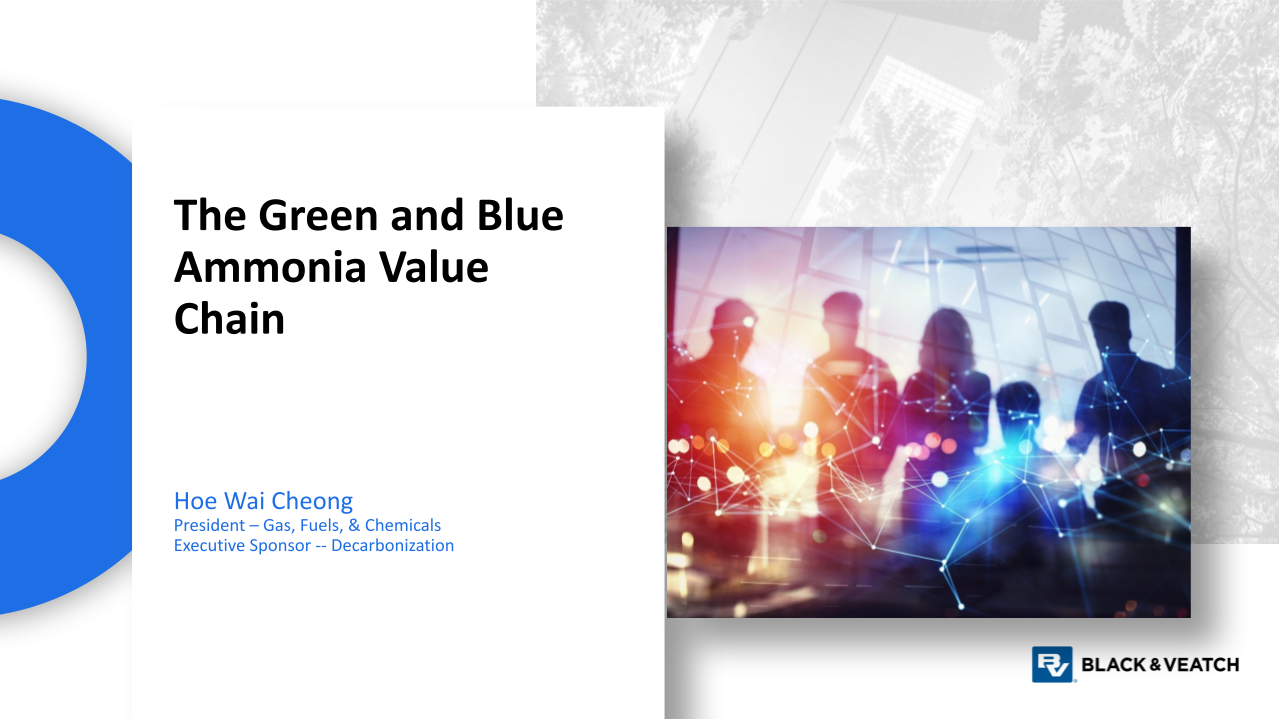Impact of pre-certification on project finance
In this session at our 2023 annual conference, panelists discussed how unified certification will help solve the chicken and egg relationship between offtake and project development. Moderated by Vibeke Rasmussen from Yara, the discussion featured Ed Davis from the Loan Program Office (US DoE), Tomoaki Ichida from Mitsui OSK Lines, Oleksiy Tatarenko from RMI and Dolf Gielen from the World Bank Group.
Long-term offtake will be made easier with unambiguous, harmonised certification standards, which will in turn have a positive impact on ammonia projects reaching financial close. Certification schemes like the one under-development by the AEA are sorely needed to break the impasse between project development and offtake.









